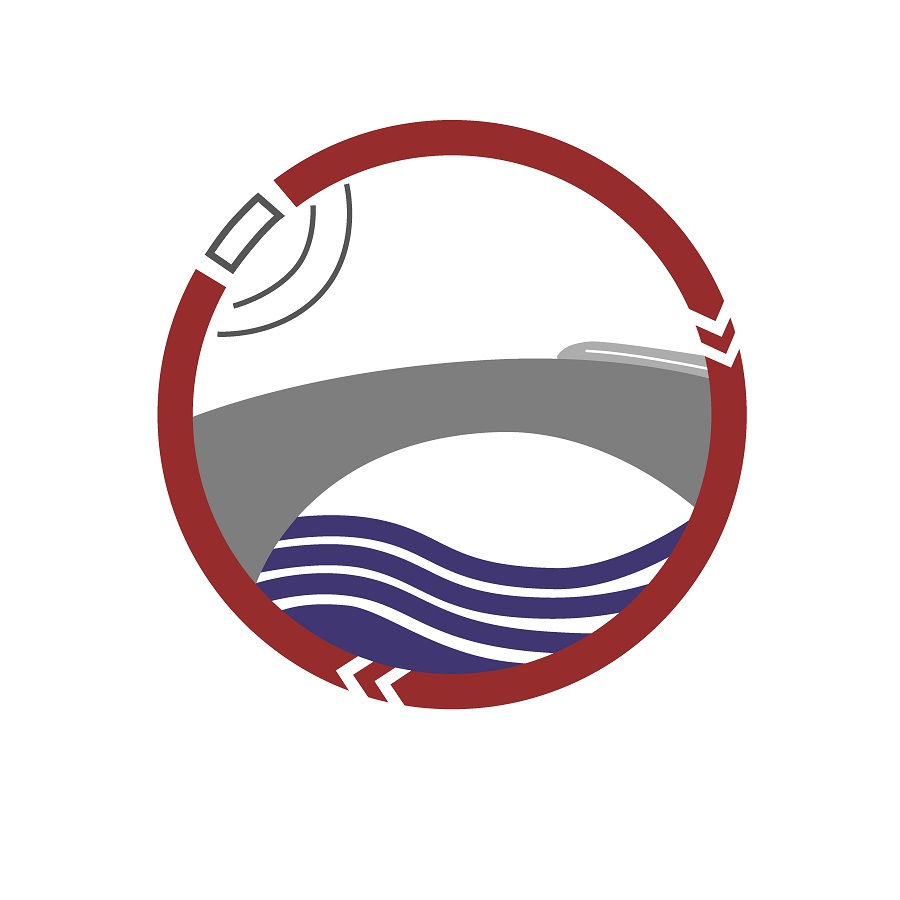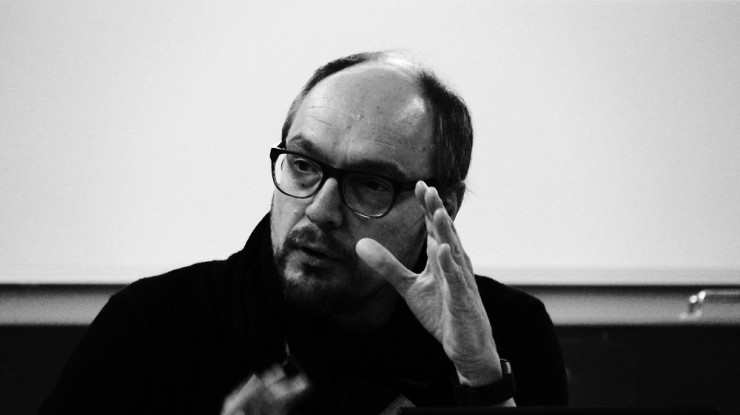Research project SPP 2020
| Acronym | SPP 2020 |
| Project name | Cyclic deterioration of High-Performance Concrete in an experimental-virtual lab |
| Coordinator | TU Darmstadt, Institute of Construction and Building Materials |
| Project partner |
|
| Duration | June 2017-June 2020 |
| Grantor | German Research Foundation (DFG) |
| Project content |
Main objective of the proposed project is to develop experimental and virtual numerical methods that enable the assessment of materials degradation in high performance concrete under fatigue loading. The research work will be conducted by an interdisciplinary research network with a clear task structure and an open data exchange among the complex degradation phenomena. For achieving the greatest possible knowledge gain, the sub-projects will take place within the context of a multi-scale approach, with a clear focus on the selected high performance concretes and most dominant impacts. Result of the research will be a method to assess the damage processes of high performance concrete while under tensile and/or flexural loading with a simultaneous consideration of the hygral/thermal boundary conditions. As first approach, two high-performance concretes will be defined that allow for a direct comparison of the individual material-specific damage influences and how they affect the changes in the microstructure cyclic behavior. In addition, during the cyclic tensile and/or flexural loaded tests, the alterations in material behavior will be detected by a continuous photogrammetry system which is mounted at the surface of the loaded specimens. Based on these results, SN curves will be created that are taking into account the applied relative stress/strength difference as well as the lowest stress/strength level applied to the specimens. Furthermore, a comparative study of both the unloaded and cycled loaded specimens will be carried out using a combination of different imaging techniques, such as microXCT-scanner and other indirect analysis methods. In this, particular attention will be given to the influence hygral and thermal boundary conditions have on the microstructural changes due to cyclic loading. For further analysis of the obtained experimental data an open structured online database will be developed. This will be part of a virtual laboratory with defined ontology that can be used for analysis of cyclic induced damage processes in high performance concretes. As part of the multi-scale modeling activities, simulated results validated by the conducted experimental tests will be the first building blocks of the object-oriented virtual lab environment. |
|
Projecthomepage |
|


